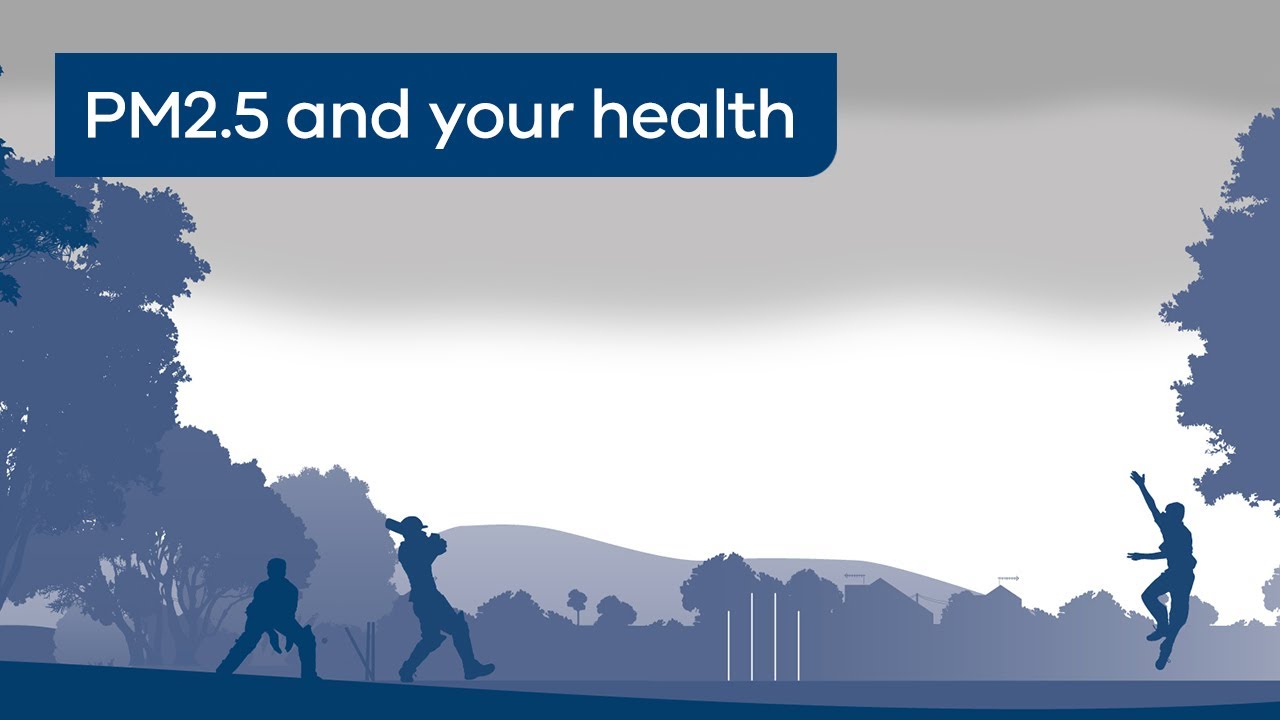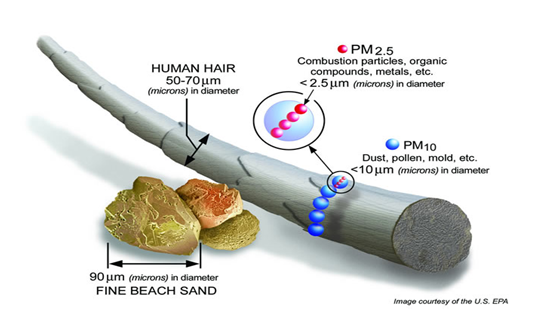Air Quality and PM2.5: The Burden of Statistics

Air pollution is a serious public health problem in the United States. It’s linked to asthma, heart disease, and even cancer–and it continues to grow. The World Health Organization has set limits on air pollution that are considered acceptable by many experts who study the subject. But what does this mean for people who live in areas with unhealthy levels of PM2.5?
What is PM2.5?
An example of air pollution that exists in the stratosphere is PM 2.5. It contains microscopic particles with a diameter of 2.5 micrometers. Smaller that can penetrate deeply into the lungs and result in health issues like asthma episodes. An elevated risk of stroke or heart attacks. PM 2.5 is also known as fine particulate matter (PM).
How much does air pollution affect our health?
PM2.5 is linked to a range of health problems. It can cause heart disease and lung cancer, asthma and other respiratory diseases, chronic bronchitis and emphysema, lung infections and pneumonia, strokes and heart attacks.
The World Health Organization (WHO) considers that PM10 levels should not exceed 25 micrograms per cubic meter of air (μg/m3). A study conducted by researchers from Johns Hopkins Bloomberg School of Public Health found. That an average American inhales about 200-300 μg/m3 during the course of a day’s activities. This means they’re breathing twice as much pollution than recommended.

The Facts about PM2.5
PM2.5 is a type of air pollution that can be harmful to your health and cause serious respiratory problems. The particles in PM2.5 are less than 2.5 micrometers in diameter. Which means they can get into your lungs and cause problems such as asthma attacks and heart disease. When you breathe out, the small particles float around in the air until they settle on surfaces like walls or furniture. Where they stick to dust particles until they blow away again into the atmosphere.
PM2.5 comes from sources like cars, power plants, and wood burning (which releases particulate matter into the environment).
Where does PM2.5 come from?
- Power plants: A sign that the air is polluted comes from the fact that particulates are being released into the atmosphere. These particulates are made up of tiny particles that can be harmful to human health. But they also contribute to global warming by trapping heat in our atmosphere.
- Vehicles: The number of cars on the road has increased over the last few decades and this has led to more pollution. Many studies have shown that people. Those who drive their own vehicles emit more pollutants. Than those who use public transport such as buses or trains (Gore et al., 2003).
- Industry: Industrial processes produce large amounts of carbon dioxide (CO2). Which traps heat in our atmosphere and causes global warming. This means that industries like cement production need special treatment for their waste gases. Before they can be released into the open air, otherwise, CO2 will continue building up inside buildings until there’s enough pressure for an explosion.
- Open burning: Burning wood or coal produces smoke particles called PM10s. Which can be dangerous when inhaled by humans. However, these types tend not to cause any immediate harm unless someone breathes them directly into their lungs. Where they can cause respiratory problems such as asthma attacks.
What are the sources of air pollution in America?
The source of air pollution in America is a complicated issue.
The primary source of particulate matter (PM) is vehicles. As well as diesel-powered engines and industrial emissions from power plants and other industries. Coal burning is also a major source of PM2.5 pollution in the United States. Because coal contains sulfur dioxide that can react with nitrogen oxides (NOx) to form ozone precursors. Ozone causes respiratory problems when inhaled at high levels. It’s also a greenhouse gas that contributes significantly to climate change by absorbing heat from sunlight. We need sunlight to live.
One way we can reduce these harmful chemicals is by recycling them into products like cement or glass bottles instead using virgin materials. Whenever possible less waste ends up in landfills or incinerators where they become pollutants again.
The WHO’s PM2.5 Limit
The WHO’s PM2.5 limit is 10 micrograms per cubic meter (µg/m3). This is the same as the EPA’s PM2.5 standard, but it’s important to note that these two agencies use different units of measurement when setting standards. The EPA uses micrograms per cubic meter while the WHO measures them in milligrams per cubic meter–a difference that can be confusing if you don’t know which number to look at (or remember what they mean).
There are so many limits on air pollution because there are so many ways your body reacts to inhaling particles like those released by vehicles and factories. Some people may have more sensitive lungs than others; some people may be more susceptible than others to heart disease or cancer caused by breathing in too much dirt or dust every day; some residents of certain areas may experience symptoms such as headaches or nausea when exposed directly over time despite having no visible signs of damage on their skin yet still feel fine after moving away from their homes temporarily until things calm down again later down line during periods where conditions were bad enough before moving back home again later down line during periods where conditions were bad enough before moving back home again later down line during periods where conditions
Conclusion
The WHO’s PM2.5 limit is not the only thing you should be looking at, but it does stand out as a good benchmark for what we should be aiming for. We need to reduce our exposure to air pollution and work towards eliminating it completely.



